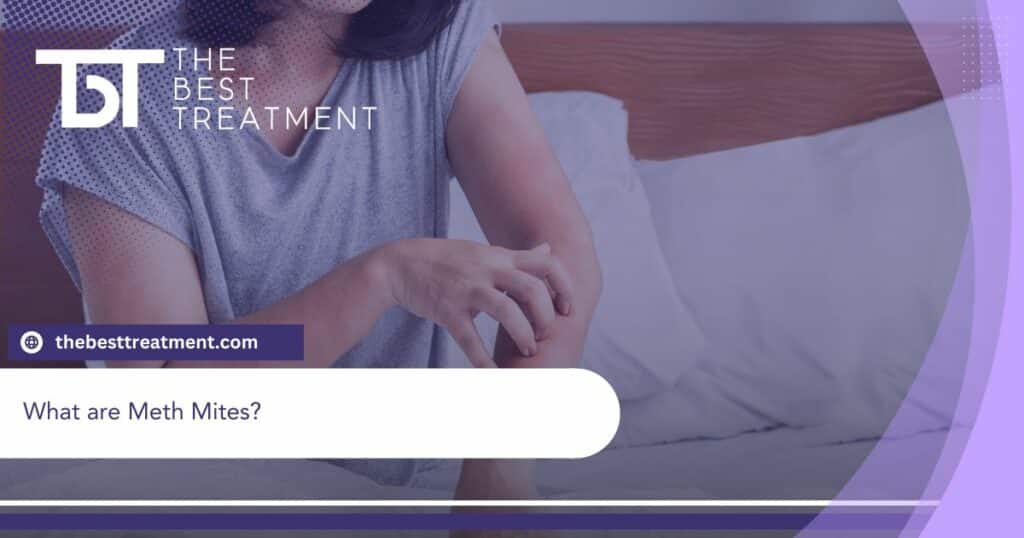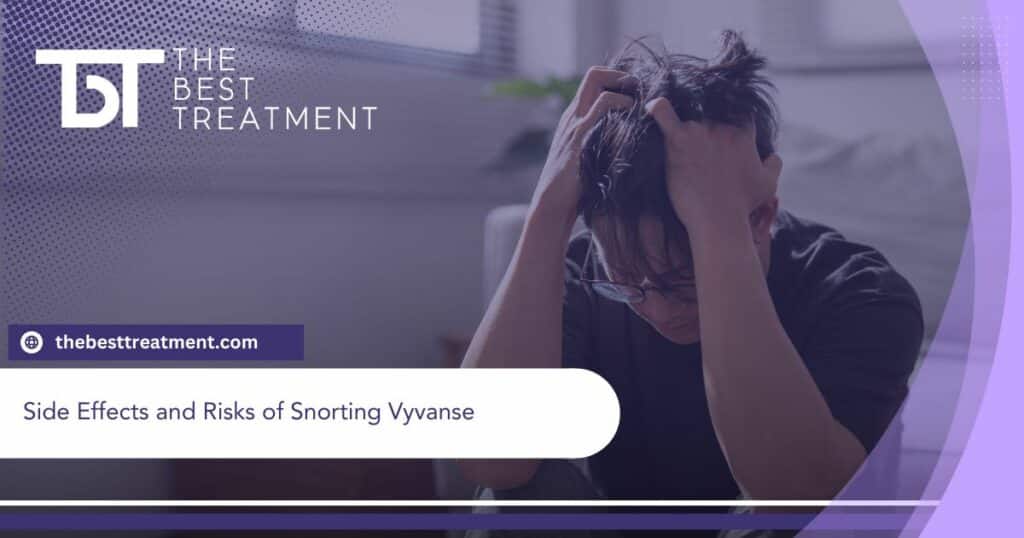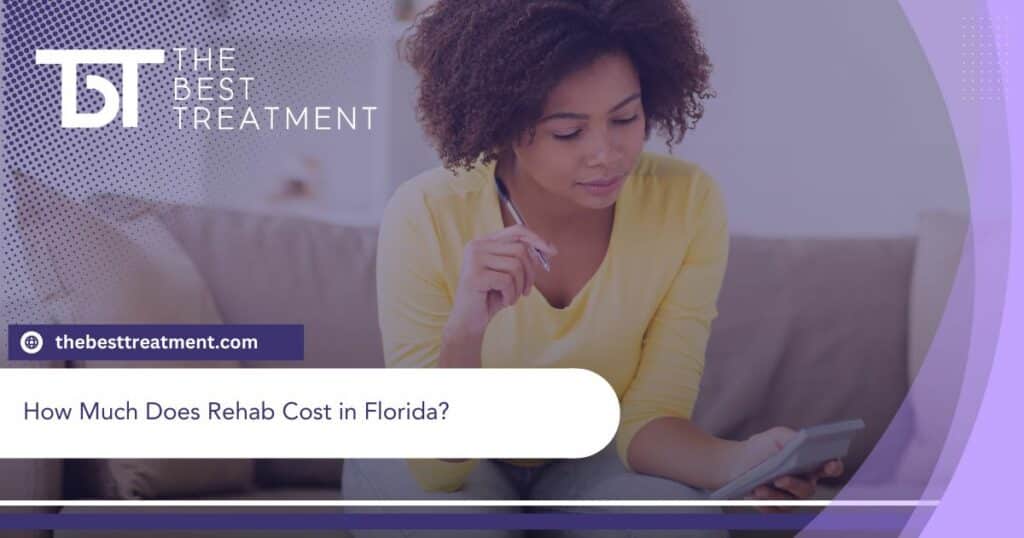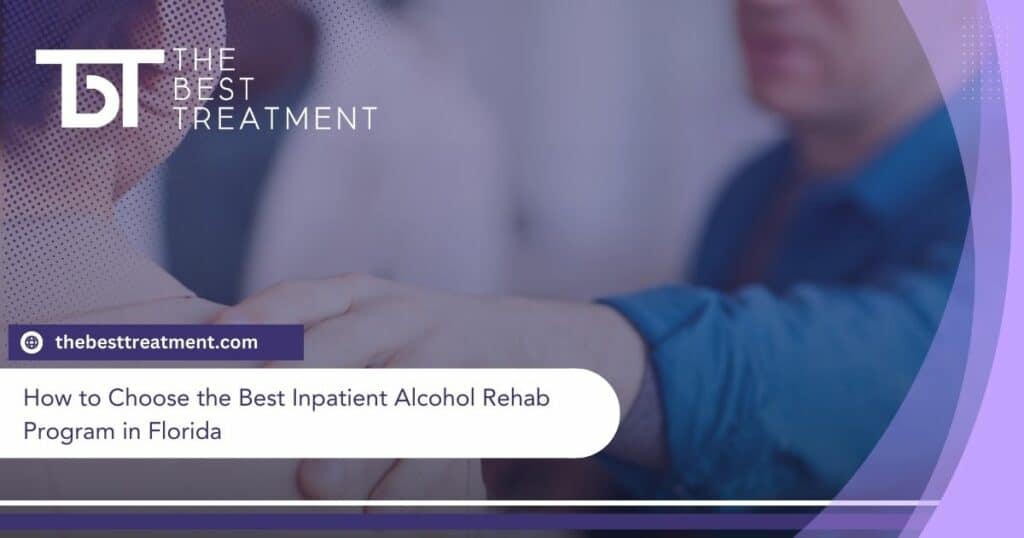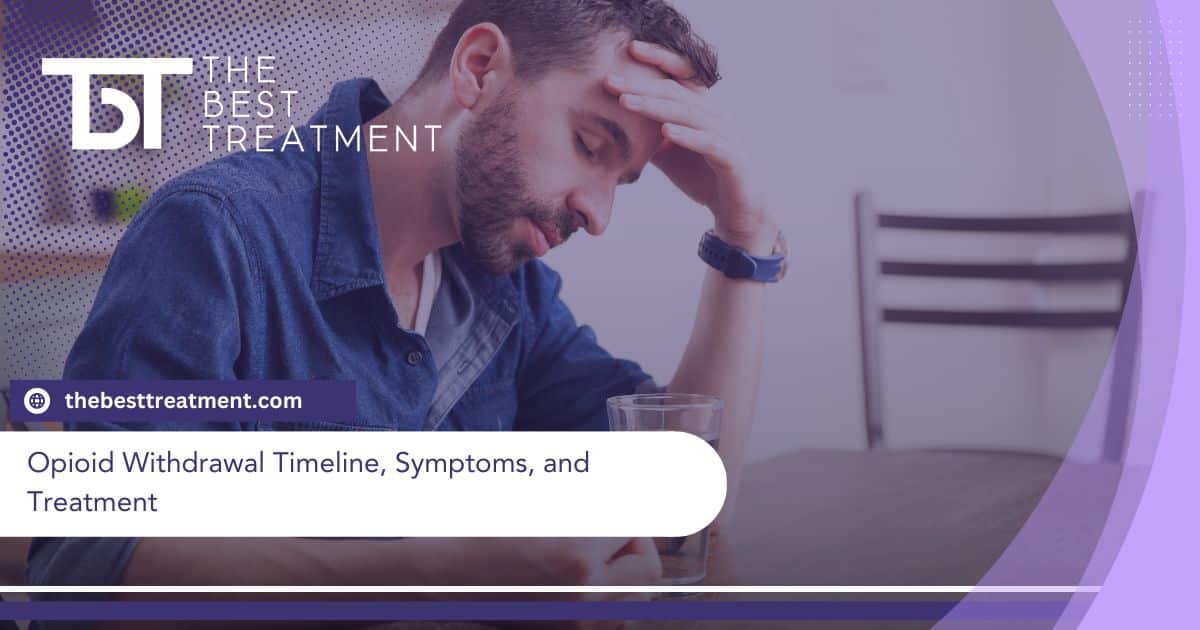Table of Contents
Opioid addiction is a devastating condition that affects more than 16 million individuals worldwide. If you’re addicted to opioids, you know just how agonizing the withdrawal symptoms can feel when you either run out of your supply or try to quit. Fortunately, by enlisting the help of an opioid detox center near you, you can detox safely, comfortably, and quickly, avoiding many of the uncomfortable symptoms people experience when trying to quit on their own.
In this article, you’ll learn why opioid withdrawal occurs, what the symptoms are, how long it lasts, and what to expect during each stage of the opioid withdrawal timeline.
What is Opioid Withdrawal?
Opioid withdrawal or detox is the process of allowing opioids and other toxins to leave your system. Withdrawal is characterized by a handful of uncomfortable mental and flu-like withdrawal symptoms.
Withdrawal is the result of physical dependence and long-term opioid use. During opioid withdrawal, the body reacts to the absence of opioids, which have become a regular part of its functioning.
Opioids, whether they are prescription painkillers or illicit substances like heroin, bind to specific receptors in the brain known as opioid receptors. These receptors are part of the body’s natural pain control system. However, when opioids bind to these receptors, they activate the release of neurotransmitters, particularly dopamine. Dopamine is associated with pleasure and reward and contributes to the feelings of euphoria or “high” experienced by individuals using opioids.
With repeated opioid use, the brain adapts to the presence of these substances. Over time, the brain becomes less sensitive to opioids, leading to the development of tolerance. Tolerance means that higher doses of opioids are required to achieve the same effects.
As tolerance develops, the body and mind become dependent on opioids to function normally. Then, when opioid use is reduced or stopped, the body experiences withdrawal symptoms. These symptoms are the result of the body readjusting to the absence of opioids and attempting to regain its balance without having opioids in the system.
Symptoms of Opioid Withdrawal
Opioid withdrawal can have both physical and psychological symptoms. Common symptoms include:
- Muscle aches
- Nausea
- Vomiting
- Diarrhea
- Stomach cramps
- Sweating
- Chills/goosebumps
- Insomnia
- Sleep disturbances
- Anxiety
- Restlessness
- Flu-like symptoms
- Mood changes
Symptoms may be more severe in people who have been using opioids heavily or for many years as well as those with co-occurring mental or physical health symptoms that can exacerbate withdrawal.
While opioid withdrawal is generally not life-threatening, it can be incredibly painful and difficult to get through on your own. The best way to overcome withdrawal is to seek help from a trusted detox and treatment center near you.
How Long Does Opioid Withdrawal Last?
Depending on the type of opioid you’re detoxing from, withdrawal can begin anywhere between six and 24 hours after your last dose. For most people, symptoms are most severe between days two and three and begin to subside after three to four days. Overall, acute withdrawal symptoms can last for about a week. Some people may experience post-acute withdrawal syndrome (PAWS) which is characterized by minor withdrawal symptoms that linger for several weeks or months. PAWS can be effectively managed with therapy and healthy lifestyle changes.
Breaking Down the Opioid Withdrawal Timeline
The opioid withdrawal timeline can vary from person to person depending on the extent of their use, their overall health, genetic factors, and other variables. The type of opioid someone is detoxing from can also affect it because some opioids cause withdrawal sooner than others. Short-acting opioids, like heroin or oxycodone, may produce withdrawal symptoms sooner than long-acting opioids like hydromorphone or methadone.
The opioid withdrawal timeline can be broken down into two main phases: the acute phase and the post-acute phase.
Acute Phase (First Week After the Last Dose):
- 6-12 Hours – Early symptoms may begin shortly after the last opioid use. Initial signs of withdrawal can include muscle aches, restlessness, anxiety, and yawning.
- 12-72 Hours – Withdrawal intensity increases with peak symptoms occurring around 48 hours. Peak symptoms include nausea, vomiting, diarrhea, chills, sweating, and abdominal cramps Additionally, psychological symptoms like anxiety and insomnia may escalate.
- 3-5 Days – Acute symptoms start to gradually subside. Some physical symptoms may still be present but are less severe. Also, the risk of complications, such as dehydration, begins to decrease.
Post-Acute Phase (Weeks to Months into Sobriety):
- 1-4 Weeks – Lingering symptoms, though milder than during the acute phase, may persist. Mood swings, irritability, and difficulty concentrating are common as the body adjusts to functioning without opioids. Insomnia and fatigue may also continue.
- 1-3 Months – By this time, most people experience a gradual improvement in overall well-being. Some cravings for opioids may persist, but they tend to decrease over time.
- Beyond 3 Months – Most physical symptoms resolve after a few months. Some psychological symptoms may still arise but are generally less severe than they were before.
Opioid Detox & Treatment
The most effective way to cope with opioid withdrawal is to detox under medical supervision. Medical detox centers provide comprehensive, medically assisted therapies that can help you detox safely. An opioid detox program typically involves:
- Assessment – During the assessment phase, healthcare professionals evaluate your overall health, the extent of opioid use, and any co-occurring physical or mental health conditions. This information helps in developing a personalized detox treatment plan tailored to your needs.
- Medical stabilization – Medical stabilization involves managing the acute withdrawal symptoms to ensure the safety and well-being of the individual. Healthcare providers may use medications to alleviate specific symptoms, such as nausea, pain, or anxiety, making the detoxification process more manageable. For opioid withdrawal, medications like methadone, Suboxone, and clonidine are used to alleviate symptoms of withdrawal.
- Treatment planning – After the initial assessment and stabilization, a comprehensive treatment plan is developed. This plan outlines the steps and interventions needed to support the individual throughout the detoxification process and beyond. Treatment planning may include counseling, therapy, support groups, and other services to address the underlying issues contributing to opioid use and promote long-term recovery.
Tips for Coping With Opioid Withdrawal
Opioid withdrawal can be incredibly uncomfortable and distressing. Medical detox is typically the best way to deal with detox from any drugs, however, there are steps you can take to further alleviate your discomfort.
- Seek medical assistance – Be sure to consult with a healthcare professional or addiction specialist to discuss your situation. They can provide guidance on medical interventions or medications that may help ease your withdrawal symptoms.
- Support system – You may find it helpful to surround yourself with a supportive network of friends and family who understand your situation. Having emotional support can make a significant difference in your ability to stay sober.
- Therapy – Behavioral therapy, such as cognitive-behavioral therapy (CBT) or counseling, can effectively address the psychological aspects of opioid addiction and withdrawal.
- Stay hydrated and well-nourished – It’s essential to maintain a healthy diet and stay hydrated. This can help your body recover and cope with physical stress during withdrawal.
- Get plenty of rest – Allow your body to rest and prioritize getting enough sleep. This can aid in the detoxification process.
- Exercise – While you may not feel like exercising, doing so may make you feel better. Try to engage in light physical activity, such as walking or gentle stretching, to boost your mood and energy levels.
- Distract yourself – Find activities or hobbies that can distract you from withdrawal symptoms. This might include reading, watching movies, or engaging in creative pursuits.
- Mindfulness and relaxation techniques – Practices like deep breathing, meditation, or yoga may help manage stress and anxiety during opioid withdrawal.
- Hot baths or showers – Warm baths or showers can be soothing and may provide some relief from muscle aches and tension. They can also help reduce symptoms like chills or sweating.
Get Help Now
If you or a loved one are struggling with opioid addiction, we encourage you to take the first step toward recovery by asking for help. At The Best Treatment Center, we can show you the path to successful recovery in a controlled and safe environment. Located just a mile from the beach in Lantana, Florida, our premier drug and alcohol rehab integrates a calming atmosphere into our evidence-based and holistic therapies.
With an intimate setting and a 3:1 client-to-staff ratio, you can rest assured that you or your loved one is receiving the highest quality of care. The time for healing is now – and we’re here to show you the way. Call now to learn more about opioid detox or to start your recovery today.
Medically Reviewed: September 25, 2019

All of the information on this page has been reviewed and verified by a certified addiction professional.





